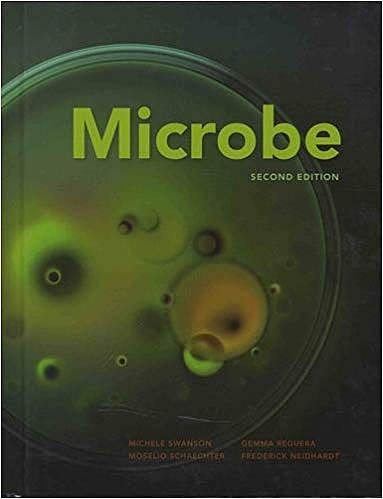
Microbe
Michele Swanson, Gemma Reguera, Moselio Schaechter, ... [et. al.]
2nd ed.
Washington, DC : ASM Press, cop. 2016
 |
Microbe Michele Swanson, Gemma Reguera, Moselio Schaechter, ... [et. al.] 2nd ed. Washington, DC : ASM Press, cop. 2016 |
23 termes
| abortive transcription n. |
|
| AbrB repressor n. |
|
| acid-fast cell envelope n. |
|
| ACME n. (arginine catabolic mobile element) |
|
| actin-based motility n. |
|
| acyl carrier protein n. |
|
| adaptive mechanism n. |
|
| ADP-ribosylase n. |
|
| aid worker n. |
|
| Aigarchaeota [nom científic] |
|
| alarmone n. |
|
| alkyl peroxidase n. |
|
| allosteric regulation n. |
|
| amitochondriate protist n. |
|
| ammonia monooxygenase n. |
|
| amplicon-based community fingerprinting n. |
|
| ancestral mitochondrion n. |
|
| ancient spore n. |
|
| animal reservoir n. |
|
| antibiotic disk inhibition assay n. |
|
| archaellum n. |
|
| arginine catabolic mobile element n. (ACME) |
|
| asymmetric development n. |
|